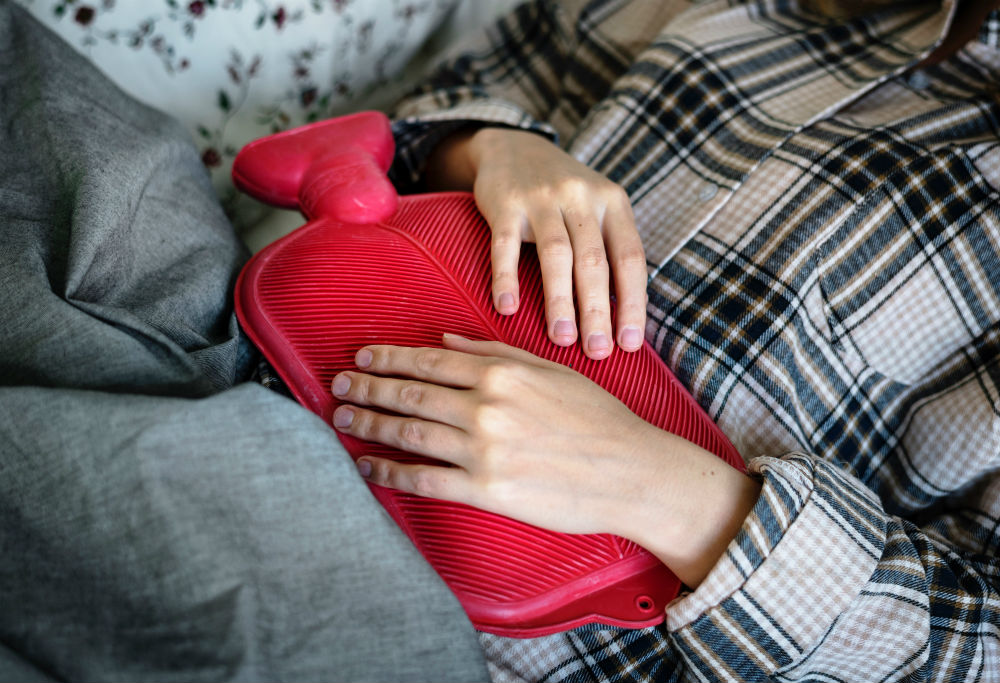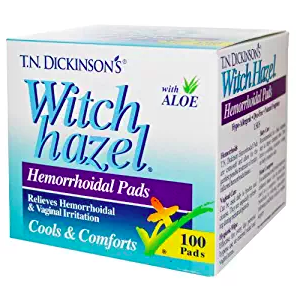Introduction
Hemorrhoids, a common ailment affecting countless individuals, can bring discomfort and disruption to daily life. Among the various treatments available, infrared coagulation (IRC) has emerged as a non-invasive and effective option for addressing hemorrhoidal symptoms. In this blog, we delve into the world of IRC, understanding its mechanism, benefits, procedure, and its role in providing gentle relief to those dealing with hemorrhoids.
Understanding Hemorrhoids
 Hemorrhoids are swollen blood vessels in the rectum or anus that can cause pain, itching, bleeding, and discomfort during bowel movements. They can be internal (inside the rectum) or external (outside the anus). Lifestyle factors, constipation, pregnancy, and genetics are common contributors to their development.
Hemorrhoids are swollen blood vessels in the rectum or anus that can cause pain, itching, bleeding, and discomfort during bowel movements. They can be internal (inside the rectum) or external (outside the anus). Lifestyle factors, constipation, pregnancy, and genetics are common contributors to their development.
The Mechanism of Infrared Coagulation
Infrared coagulation is a minimally invasive procedure designed to treat internal hemorrhoids. It operates on the principle of thermal energy application. During the procedure, a specialized device releases a burst of infrared light to the base of the hemorrhoid. This light is absorbed by the blood vessels, causing them to coagulate (clot) and shrink. As a result, the blood supply to the hemorrhoid is reduced, alleviating its symptoms.
Benefits of Infrared Coagulation
The IRC Procedure
The IRC procedure is typically as follows:
Incorporating IRC in Hemorrhoid Management
Infrared coagulation has found a significant place in the realm of hemorrhoid management. It offers a middle ground between conservative treatments (such as dietary changes and topical medications) and surgical interventions (like hemorrhoidectomy). For individuals seeking a less invasive solution with quick recovery, IRC can be a viable choice.
Conclusion
Hemorrhoids need not be a source of constant discomfort and disruption in one’s life. Infrared coagulation offers a ray of hope, providing a gentle and effective way to address the symptoms of internal hemorrhoids. As medical techniques continue to evolve, IRC stands as a testament to the ability of modern medicine to provide relief without the need for invasive surgeries. If you’re dealing with hemorrhoids, consider discussing the possibility of infrared coagulation with a healthcare professional to determine if it’s the right solution for you.
Note: One Stop Medical Center provides the service of hemorrhoid care. We have two office locations in Edina, Minnesota, and Casselberry, Florida. If you are interested in hemorrhoid care, Please fill out the online registration first, we will call you in 2 business days, or please call us at 1-888-992-0019 if any questions.
 Internal hemorrhoids are swollen blood vessels located inside the rectum, often causing discomfort, pain, itching, and even bleeding during bowel movements. They can vary in severity, with some cases requiring medical intervention.
Internal hemorrhoids are swollen blood vessels located inside the rectum, often causing discomfort, pain, itching, and even bleeding during bowel movements. They can vary in severity, with some cases requiring medical intervention. Have you been using too much toilet paper because of pesky anal tags? Hemorrhoidal skin tags (piles) are flaps of skin or flesh found around the anus. They often form as a result of an existing hemorrhoids.
Have you been using too much toilet paper because of pesky anal tags? Hemorrhoidal skin tags (piles) are flaps of skin or flesh found around the anus. They often form as a result of an existing hemorrhoids.  When hemorrhoids become inflamed, they can become painful, especially if they’re located externally. Other symptoms include anal itching, bleeding and prolapse. Unfortunately, over 10 million people suffer from inflamed hemorrhoids every year. How can something so small cause so much pain and discomfort?
When hemorrhoids become inflamed, they can become painful, especially if they’re located externally. Other symptoms include anal itching, bleeding and prolapse. Unfortunately, over 10 million people suffer from inflamed hemorrhoids every year. How can something so small cause so much pain and discomfort? Yes, you read that correctly—elephant foot yam is loaded with potential medicinal benefits and may even improve hemorrhoidal symptoms. This alternative medicine has long been used in Ayurveda, a traditional system of medicine rooted in the Indian subcontinent whose practices have recently been globalized. Used to treat numerous conditions such as sperm quality, liver and spleen disorders, and hemorrhages, elephant foot yam just may be the next big home remedy for treating hemorrhoids as well.
Yes, you read that correctly—elephant foot yam is loaded with potential medicinal benefits and may even improve hemorrhoidal symptoms. This alternative medicine has long been used in Ayurveda, a traditional system of medicine rooted in the Indian subcontinent whose practices have recently been globalized. Used to treat numerous conditions such as sperm quality, liver and spleen disorders, and hemorrhages, elephant foot yam just may be the next big home remedy for treating hemorrhoids as well. When considering
When considering 
 While the term
While the term  After rubber band ligation, you’ll typically experience a bit of pain and a feeling of fullness in the lower abdomen, as well as an urge to have a bowel movement. These sensations are totally normal and usually subside within a few days. You may also experience small amounts of anal/rectal bleeding for about 7 days after procedure due to the hemorrhoid falling off. It’s encouraged to avoid physically intense activities that strain the body for at least 2-3 weeks. While some patients are able to return to regular activities immediately, others may need a couple days of downtime and bed rest.
After rubber band ligation, you’ll typically experience a bit of pain and a feeling of fullness in the lower abdomen, as well as an urge to have a bowel movement. These sensations are totally normal and usually subside within a few days. You may also experience small amounts of anal/rectal bleeding for about 7 days after procedure due to the hemorrhoid falling off. It’s encouraged to avoid physically intense activities that strain the body for at least 2-3 weeks. While some patients are able to return to regular activities immediately, others may need a couple days of downtime and bed rest. Hemorrhoids have plagued humans for thousands of years, with the earliest known mention of its symptoms dating back to roughly ~2250 BC in the kingdom of Babylon in the Code of King Hammurabi. Fast forward to 1700 BC in Egypt, and we stumble upon the first-ever recorded case of hemorrhoids, which also happened to highlight an important topical wound ointment.
Hemorrhoids have plagued humans for thousands of years, with the earliest known mention of its symptoms dating back to roughly ~2250 BC in the kingdom of Babylon in the Code of King Hammurabi. Fast forward to 1700 BC in Egypt, and we stumble upon the first-ever recorded case of hemorrhoids, which also happened to highlight an important topical wound ointment.






 Anoscopy is a simple medical procedure that can help your doctor identify an abnormality in your anus and distal rectum.
Anoscopy is a simple medical procedure that can help your doctor identify an abnormality in your anus and distal rectum.



